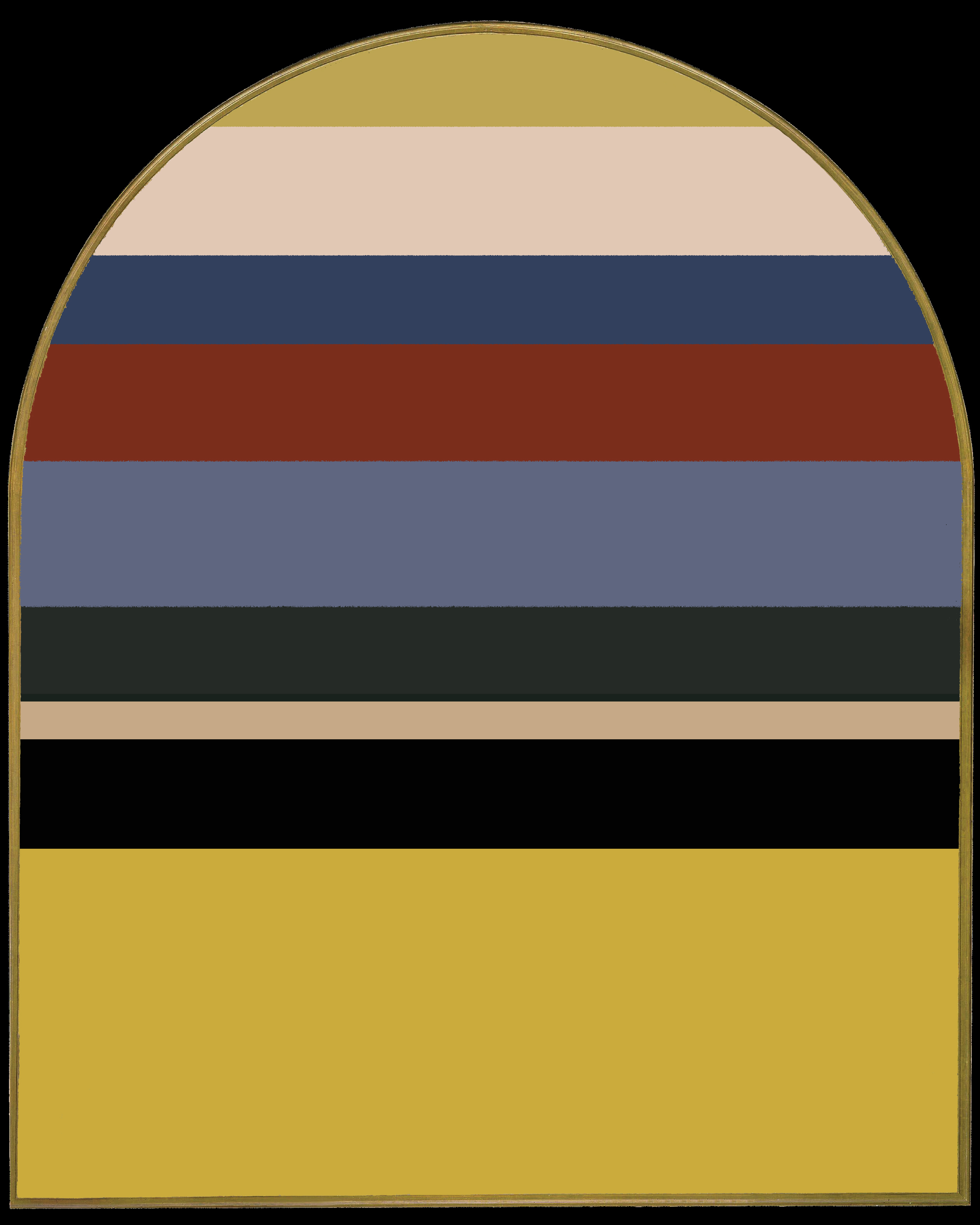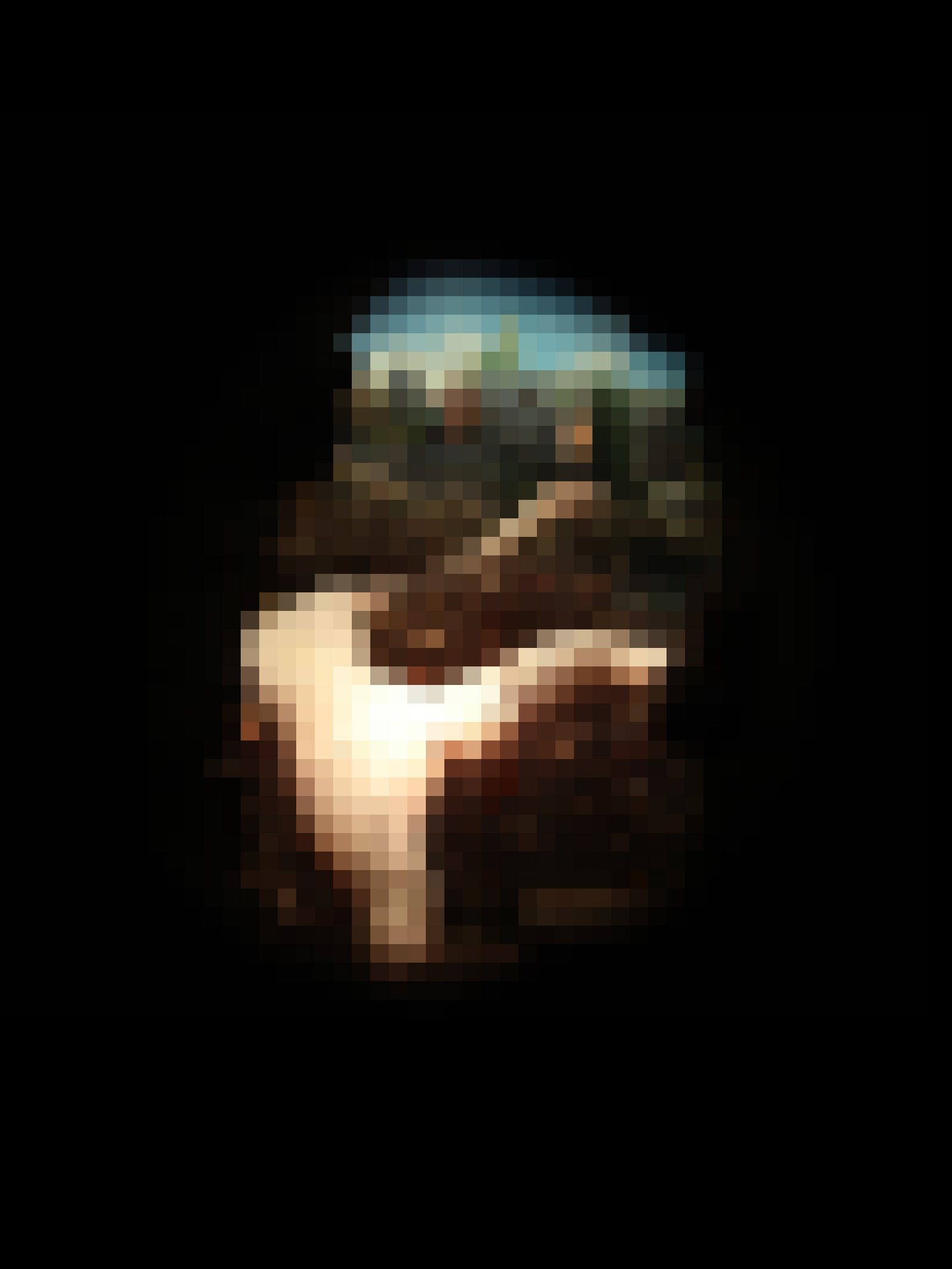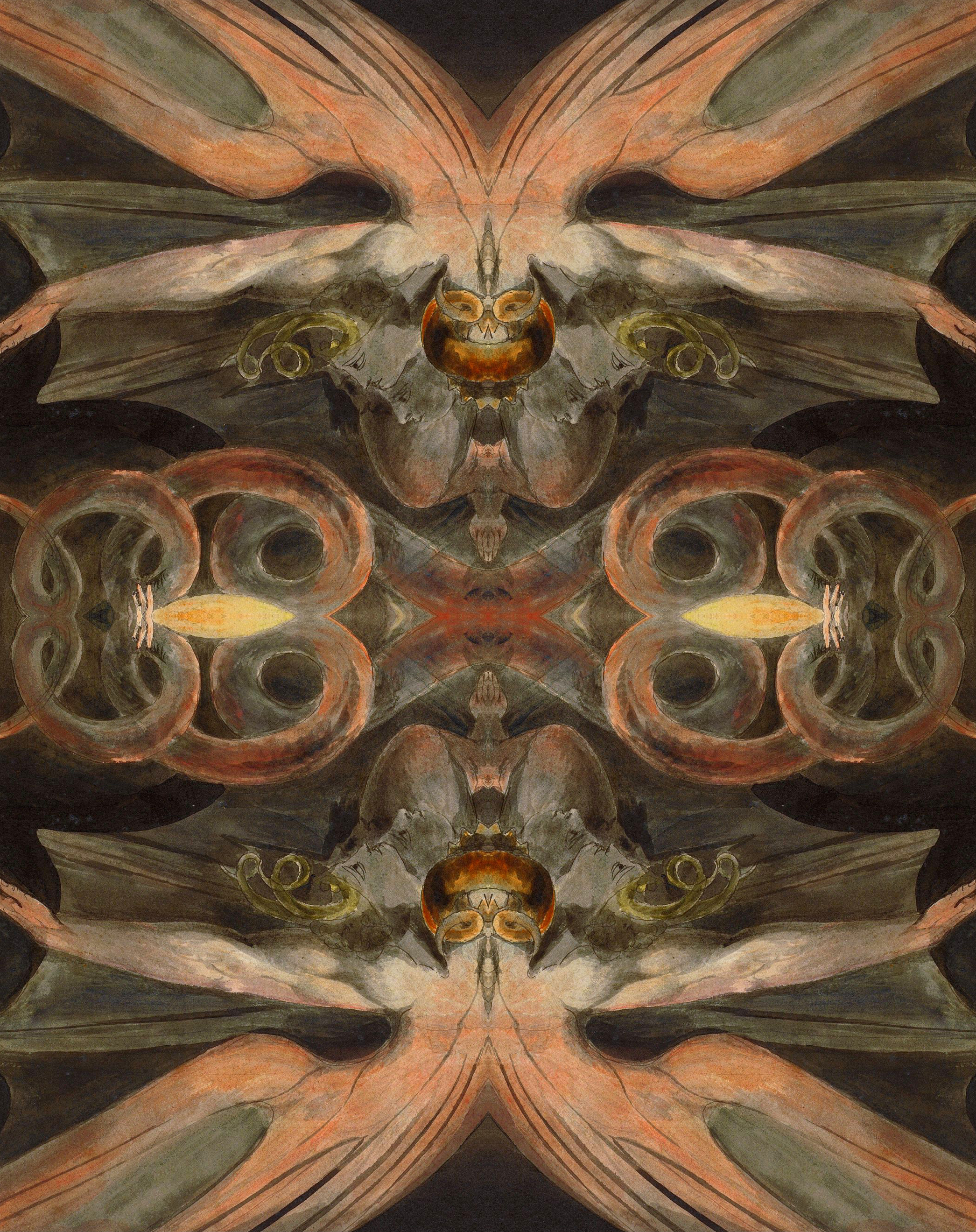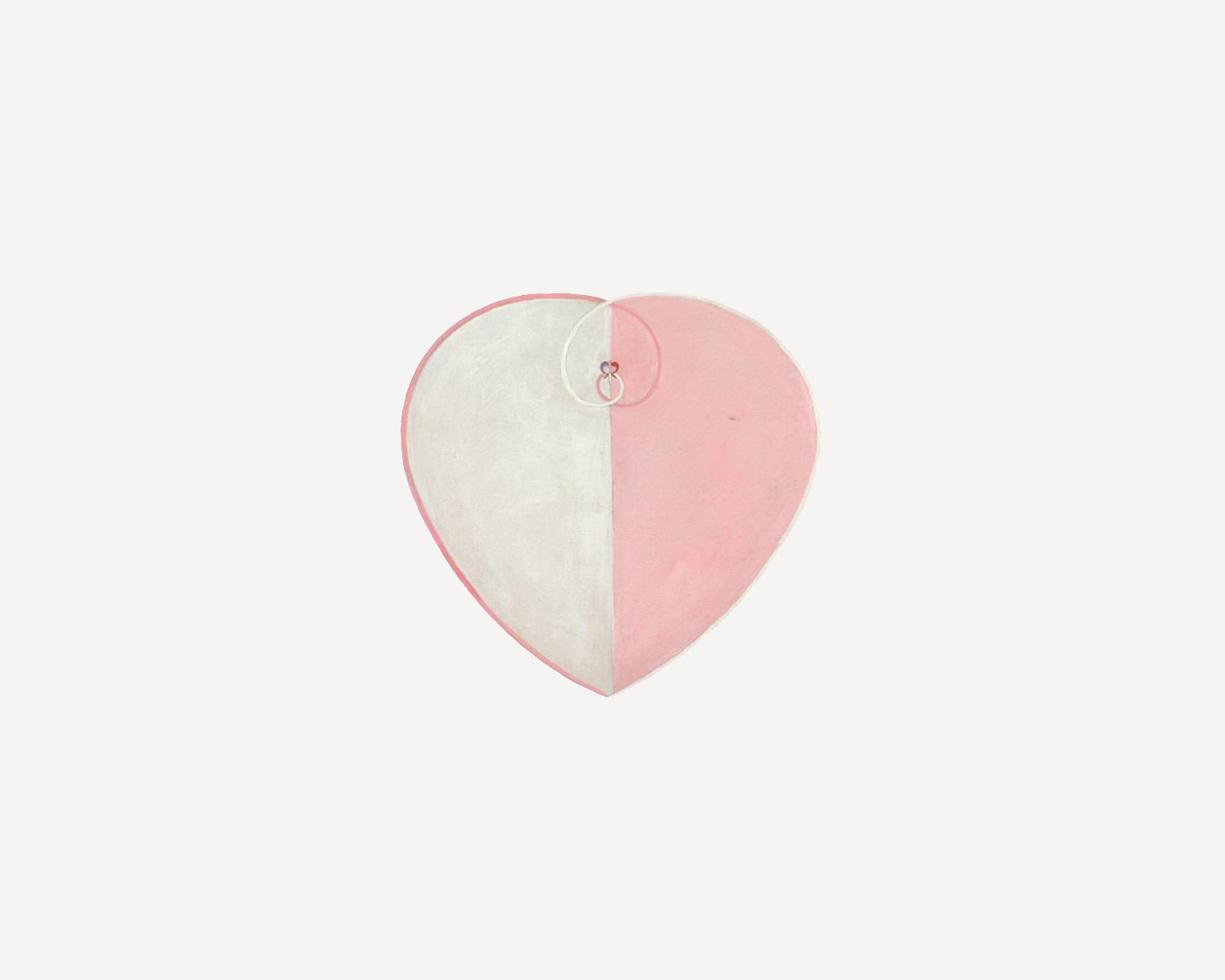
This puzzle is a little more difficult than the last, so we have included a hint. Today we chose a work by a painter linked to the spirit of the Counter-Reformation; one of the most outstanding artists of his times.
The answer is below the image.
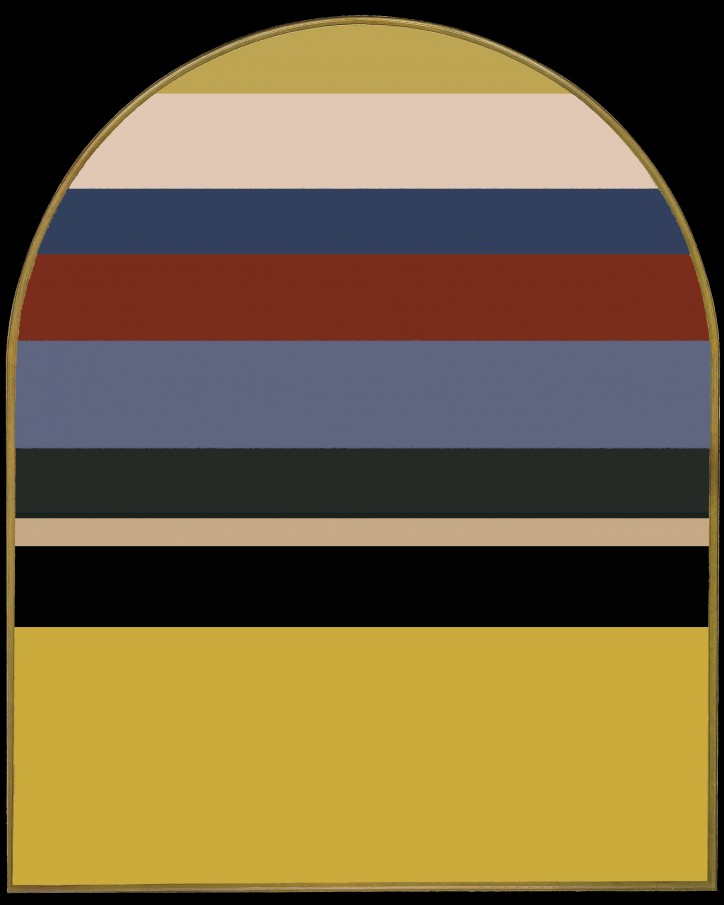
In the nearby cathedral in Toledo there are many paintings by El Greco, but when it comes to size, drama and intensity, none can compete with The Burial of the Count of Orgaz from Santo Tomé. Everybody who enters the church and looks to the right, where the count’s tomb is located, sees this majestic scene.
El Greco had nine months to complete this job. The commission was very detailed. The scene was supposed to tell the story of a miracle that took place at this spot in December 1323. The commissioner, a parish priest from Santo Tomé, demanded the whole surface of the canvas be filled with figures. The painting shows the beginning of the burial ceremony, when the body of the deceased Gonzalo Ruíz de Toledo, Count of Orgaz, is to be laid in the grave. Suddenly, two saints appear among the gathered crowd: Augustine and Stephan. The first, one of the Church Fathers, is old and bearded; the second has the ruddy face of a young man. Both are dressed in beautiful robes interspersed with gold. They pick up the Count’s body, with its head dropping limply onto the collar of their heavy, parade armour, to lay it in the grave in front of the mourners. We need to move several steps backwards to be able to take in the whole painting – everything is so overwhelmingly crowded and turbulent. Two congruent spaces stand out in this scene filled with figures. The first one is the coherent, solemn space of the mourning in the bottom half of the canvas. It tells a temporal story. The upper part of the painting is filled with heavenly chaos, a hosanna, the sphere ruled by beings whose faces are unearthly.
The artist paints those two types of beings – earthly and heavenly – in two completely different ways. The figures from the upper half of the canvas, with their extremely elongated silhouettes and stiff, hieratic poses, resemble the early works of El Greco, who was trained as an icon painter. The people in the bottom part of the painting are flesh-and-blood beings, full of elegance, with solemn faces, elaborately stylized beards, and necks in starched ruffs. Their faces are so close to each other that they seem to merge. Just two people look from the painting straight at the viewer, as if only partly participating in the ceremony: El Greco himself and his son Jorge Manuel. Do the gathered people know what is happening above them? Can they see the Virgin Mary assisted by Saint Peter and other saints, hosts of angels and prophets accepting the Count’s soul into heaven? What is certain is that the painter chose the mourners intentionally. A surviving contract from 1586 envisaged portraying eminent residents of 16th-century Toledo – for example, the Santo Tomé parish priest Andrés Núñez de Madrid, who commissioned the painting.
El Greco painted this piece towards the end of the 16th century, in the era of the Reformation. Toledo was at the time a bastion of Catholicism. In response to the successes of Protestantism, the Church confirmed the importance of the veneration of saints at the Council of Trent. El Greco’s painting undoubtedly strengthens the spirit of the Counter-Reformation. It also proves, in a beautiful way, that the artist was able to combine the mystical and spiritual with the temporal.
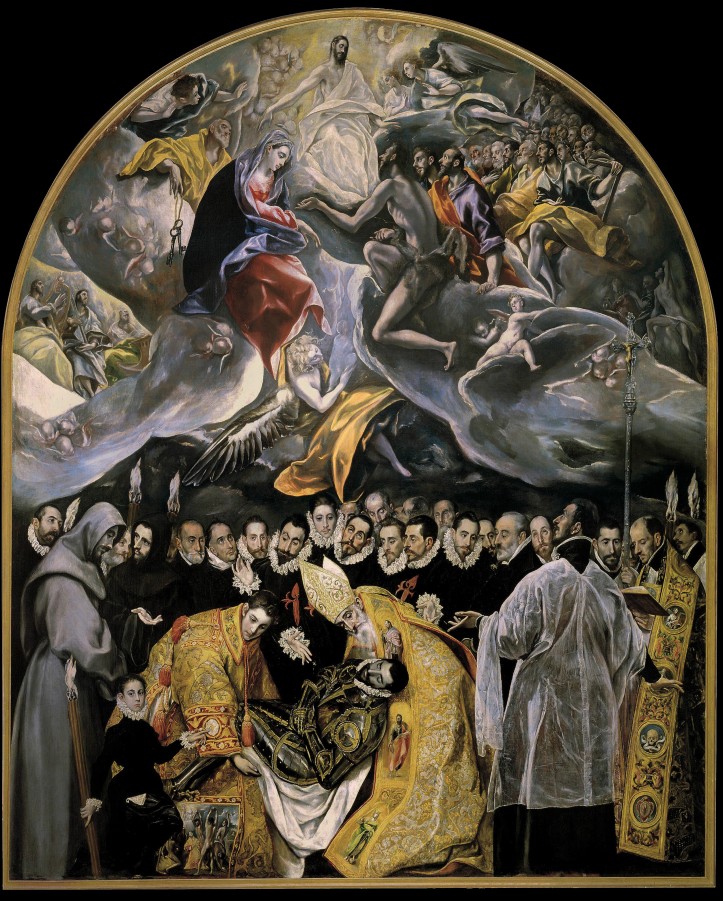
Translated from the Polish by Anna Błasiak


